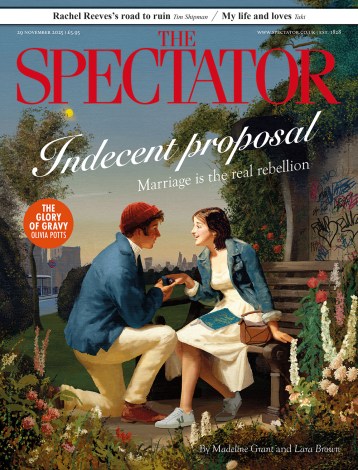The maker and the monster
There are few more seductive figures for biographers than Mary Shelley. The daughter of the radical philosopher and novelist William Godwin and the great feminist thinker Mary Wollstonecraft (who died a few days after giving birth to her), she ran away with the poet Percy Bysshe Shelley at 16; wandered through Europe with him; bore their four children; married him; became the friend and companion of the other Young Romantics and their lovers; and at 18 wrote the classic Gothic novel Frankenstein, or The Modern Prometheus. Scholars, writers and biographers from Muriel Spark to Miranda Seymour have been drawn to her story, and to the moment when, in the summer




















